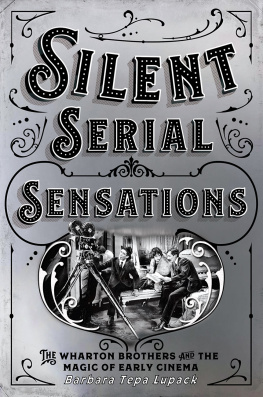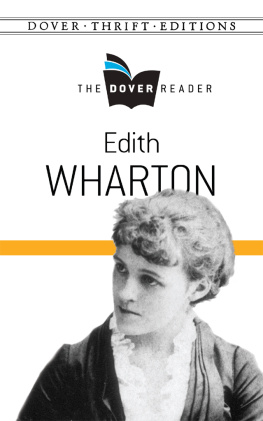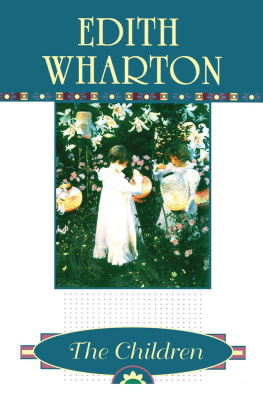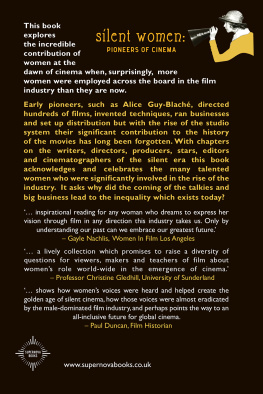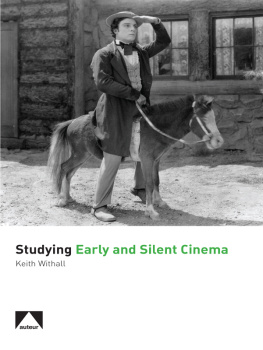ACKNOWLEDGMENTS
My thanks to the Rockwell Center for American Visual Studies at the Norman Rockwell Museum, Stockbridge, Massachusettsand especially to Stephanie Plunkett, deputy director and chief curator, and Jana Purdy, project managerfor a fellowship that allowed me the opportunity to conduct some of the research for this study and for ongoing encouragement of my work. Thanks as well to Humanities New York, especially Sara Ogger, executive director, Michael Washburn, director of programs, and Scarlett Rebman and Joe Murphy, grants officers, for a grant to support my work on early and silent film in central New York.
Thank you to Cornell University Press, especially Michael McGandy, senior editor and editorial director, Three Hills, for his graceful shepherding of this project and his support and encouragement throughout. I am grateful as well to Mahinder Kingra, editor in chief; Susan Specter, senior production editor; Glenn Novak, copy editor; the readers, who offered excellent suggestions for revision; and to everyone at the press who assisted in the production.
Many people lent generous assistance and offered important contributions:
In Ithaca, where the Whartons established their independent studio and achieved their greatest fame, I am grateful to Diana Riesman, cofounder and executive director of the Wharton Studio Museum, whose encouragement of this project from its inception has been unwavering and whose assistance has been invaluable; former executive director Rod Howe and director of archives and research services Donna Eschenbrenner at the History Center in Tompkins County, who extended a warm welcome, provided access to their archives, allowed me to use stills from their Wharton Studios Collection, and answered questions that arose; the Division of Rare and Manuscript Collections, Cornell University, which afforded me access to their collections, especially the Wharton Releasing Corporation Records and other related film materials; Julie Simmons-Lynch, Cornell University, whose Wharton timeline was an excellent starting point for my research; and the Arch Chadwick Collection of Wharton Studio Photographs, Ithaca College.
In Rochester, where the Whartons collaborated on a wartime project with George Eastman: I thank the George Eastman Museum, particularly Deborah Mohr, former assistant librarian, Richard and Ronay Menschel Library, and Virginia Dodier, former associate librarian, for their generous assistance and support, and Ken Fox, head of library and archives, and Stephanie Hofner, research facilitator, for sharing their expertise and creating such a genial working environment. Sophia Lorent, curatorial assistant, Moving Image Department, kindly screened several episodes of The Exploits of Elaine for my viewing; senior curator Paolo Cherchi Usai shared his tremendous expertise in silent film by answering a number of my questions on exhibition practices; and Jared Case, curator of film exhibitions, has been enormously helpful in promoting the Whartons through the Finger Lakes Film Trail. At the Robbins Library, University of Rochester, Rose Paprocki graciously assisted with research questions.
In Texas, where the Whartons spent part of their childhood, my sincerest thanks to Karen Longley, family historian, whose ongoing investigation of the Wharton-Rubenstein family has been immensely useful in documenting the brothers early years and preserving their history.
In Saint Louis, where both Whartons gained early acting experience, I am grateful to Jason D. Stratman, assistant reference librarian, Missouri History Museum Library and Research Center; Ray Steinnerd, Missouri History Museum Library volunteer; Adele Heagney, reference librarian, Saint Louis Public Library; and William Zelli Fischetti, assistant director, State Historical Society of Missouri.
In Santa Cruz, where Ted Wharton struggled to open a new film studio after leaving Ithaca, my thanks to Deborah Lipoma, local history librarian, Santa Cruz Public Libraries.
In Washington, DC, Rosemary Hanes, reference librarian at the Moving Image Section, Library of Congress, provided me with the script from the first episode of The Mysteries of Myra that appears in the appendix to this volume and also other information about Wharton films, and Mike Mashon, head of the Moving Image Section, Library of Congress, shared materials and expertise.
In Colorado, thanks to Steve Friesen, director, Buffalo Bill Museum and Grave, Golden, for providing me with stills from The Indian Wars.
I am grateful as well to Kevin J. Harty, La Salle University, for his ongoing support and his careful reading of the manuscript; Mary Huelsbeck, assistant director, Wisconsin Center for Film and Theater Research, for her interest in the project and her encouragement; Christy Acevedo, for her help in securing Wharton ancestry documents; and Maryanne Felter, Cayuga Community College, for assistance with questions about the Film Company of Ireland. My thanks as well to the many libraries and archives that provided me with materials, among them the University of Rochester, the University of Virginia, SUNY/Buffalo, Harvard University, Yale University, New York University, Temple University, Duke University, the University of Michigan, the University of NebraskaLincoln, the Museum of Modern Art, the UCLA Film and Television Archive, the Wisconsin Center for Film and Theater Research, the New York Public Library, the Boston Public Library, the Dallas Public Library, and the Santa Cruz Public Library.
I have benefited immensely from the work of many remarkable film historians, especially those who have studied the serial. Among them are Richard Koszarski, Terry Ramsaye, William Raymond Stedman, Buck Rainey, Kalton C. Lahue, Ed Hulse, Alan G. Barbour, Kevin Brownlow, David Bordwell, Shelley Stamp, Christine Gledhill, and Ben Singer. Their studies have been of immense value and have helped me to shape and clarify some of my own ideas.
I thank my friends and colleagues who offered support, especially Donna Bliss, Mary Young, and MaryKay Mahoney.
And last, but never least, I am grateful to my husband Al, for his careful reading, his judicious editing, his unconditional supportand for so much else.
APPENDIX 1
The Mysteries of Myra
The Dagger of Dreams (Episode One)
The Whartons landmark serial The Mysteries of Myra (1916) explored daring themes of spiritualism and the occult and introduced film audiences to a world of supernatural phenomena that included astral projection, thought photography, and levitation. The scenarios were written by serial-picture veteran Charles W. Goddard, in collaboration with noted British-born American psychic investigator Hereward Carrington. In the opening episode, the Grand Master of the mysterious and sinister Black Order that is behind the deaths of her two older sisters plots the demise of young Myra Maynard. Should Myra die before reaching her eighteenth birthday, the fortune of her late father John Maynard would revert to the Order, of which Maynard was a member. But psychic investigator Dr. Payson Alden intervenes and, as he does throughout the serial, rescues her from the predations of the Master and of Arthur Varney, who acts as Myras friend but is in fact a member of the Black Order that is plotting her death.
The version of the script that appears here was registered by the Whartons at the Library of Congress in 1916. Certain small changes were made when the script was filmed: in this version, for example, Myra is about to turn twenty; in the finished serial, she is seventeen. The original spellings and punctuation, even when inconsistent, incorrect, or idiosyncratic, have been retained. (Wharton Releasing Corporation Records, #3924, Division of Rare and Manuscript Collections, Cornell University Library.)

